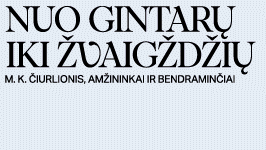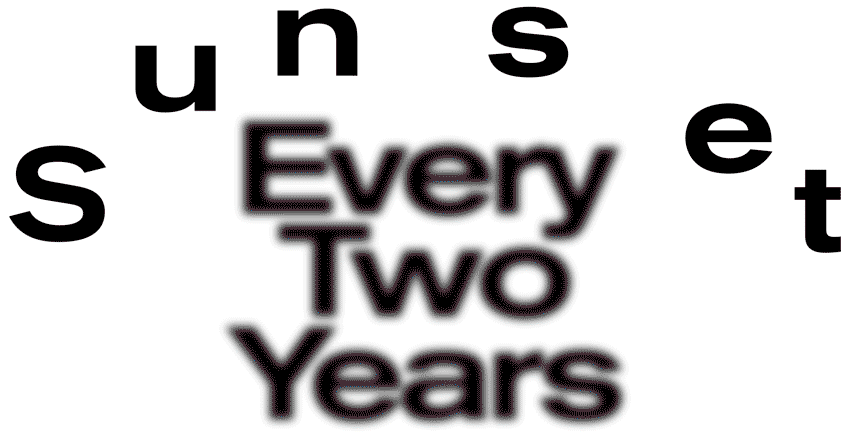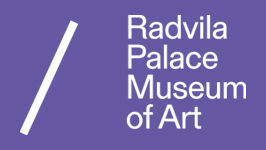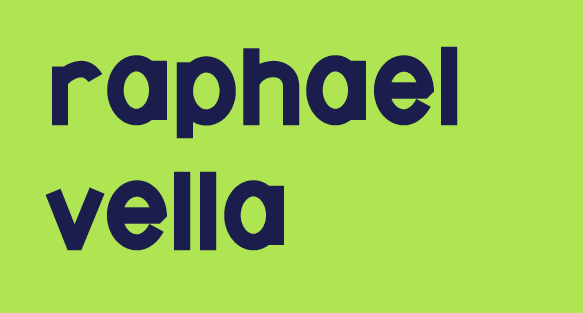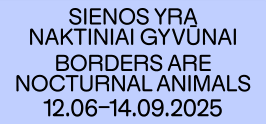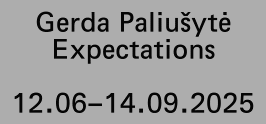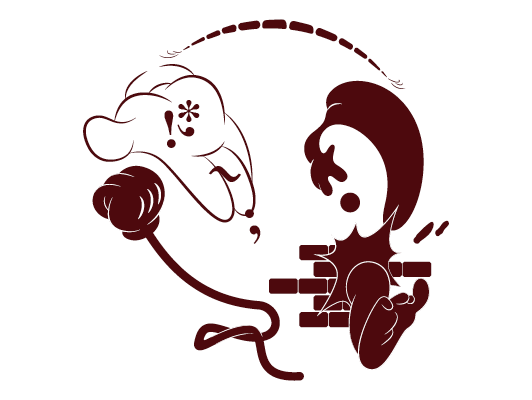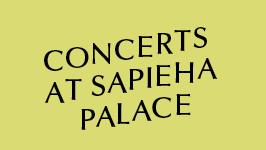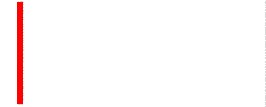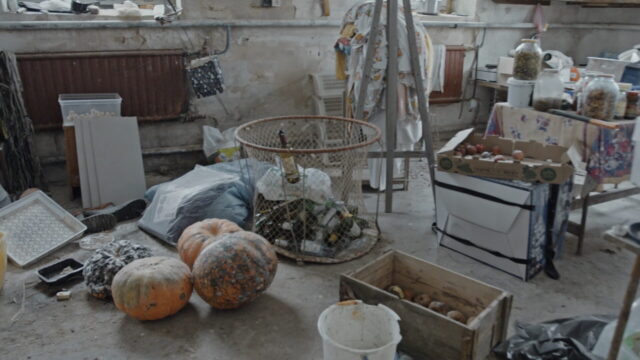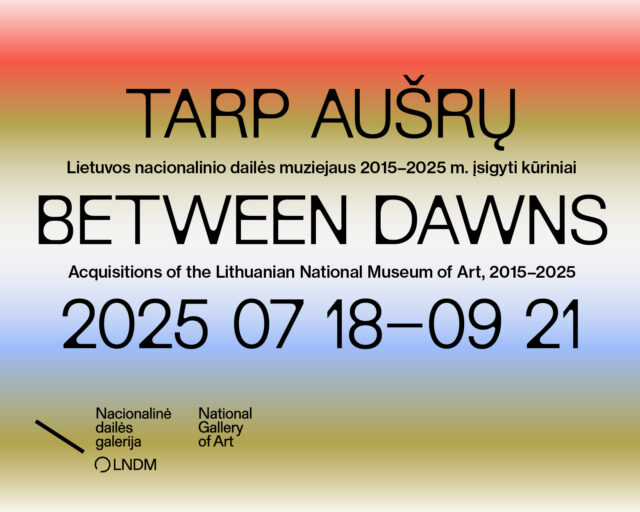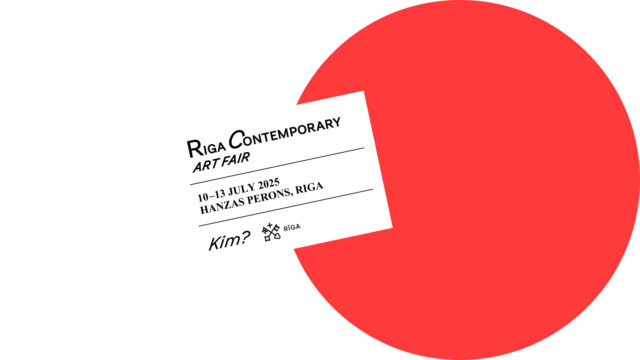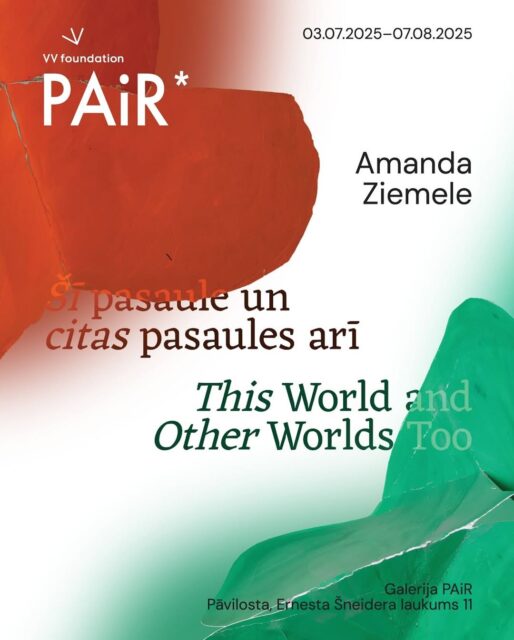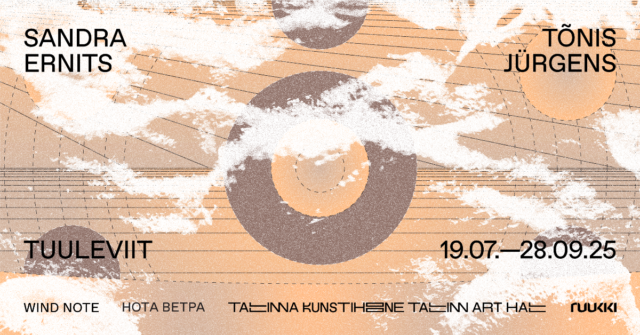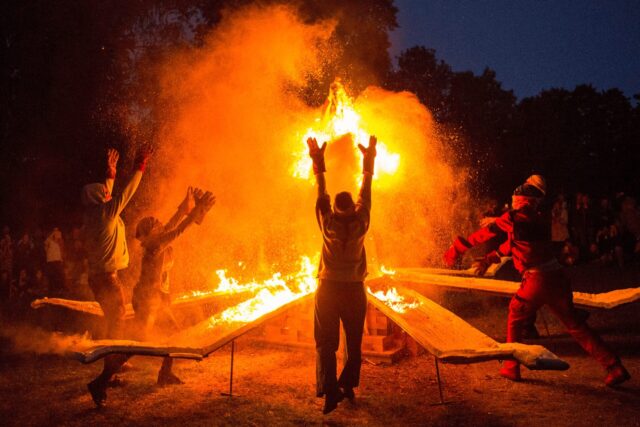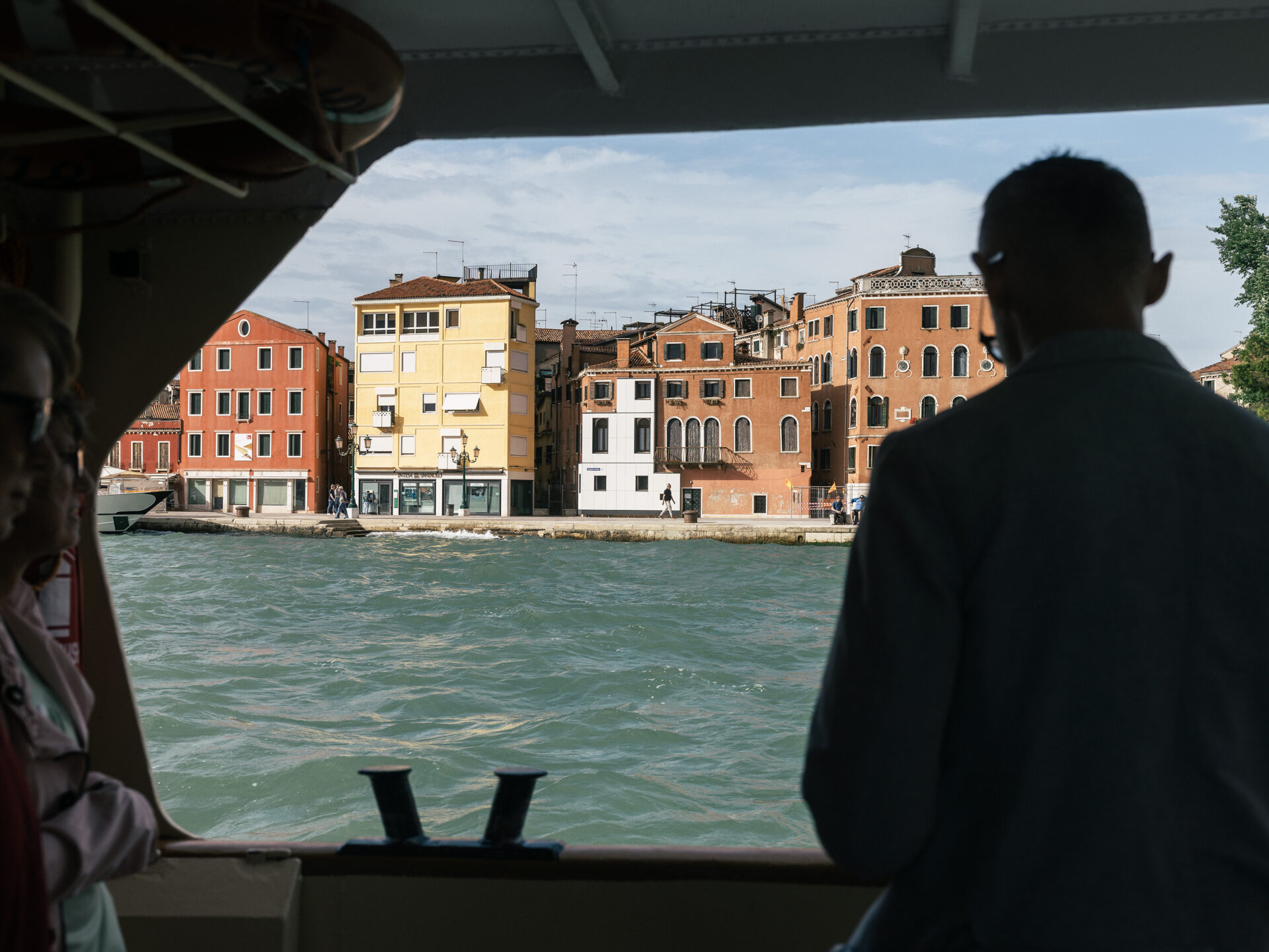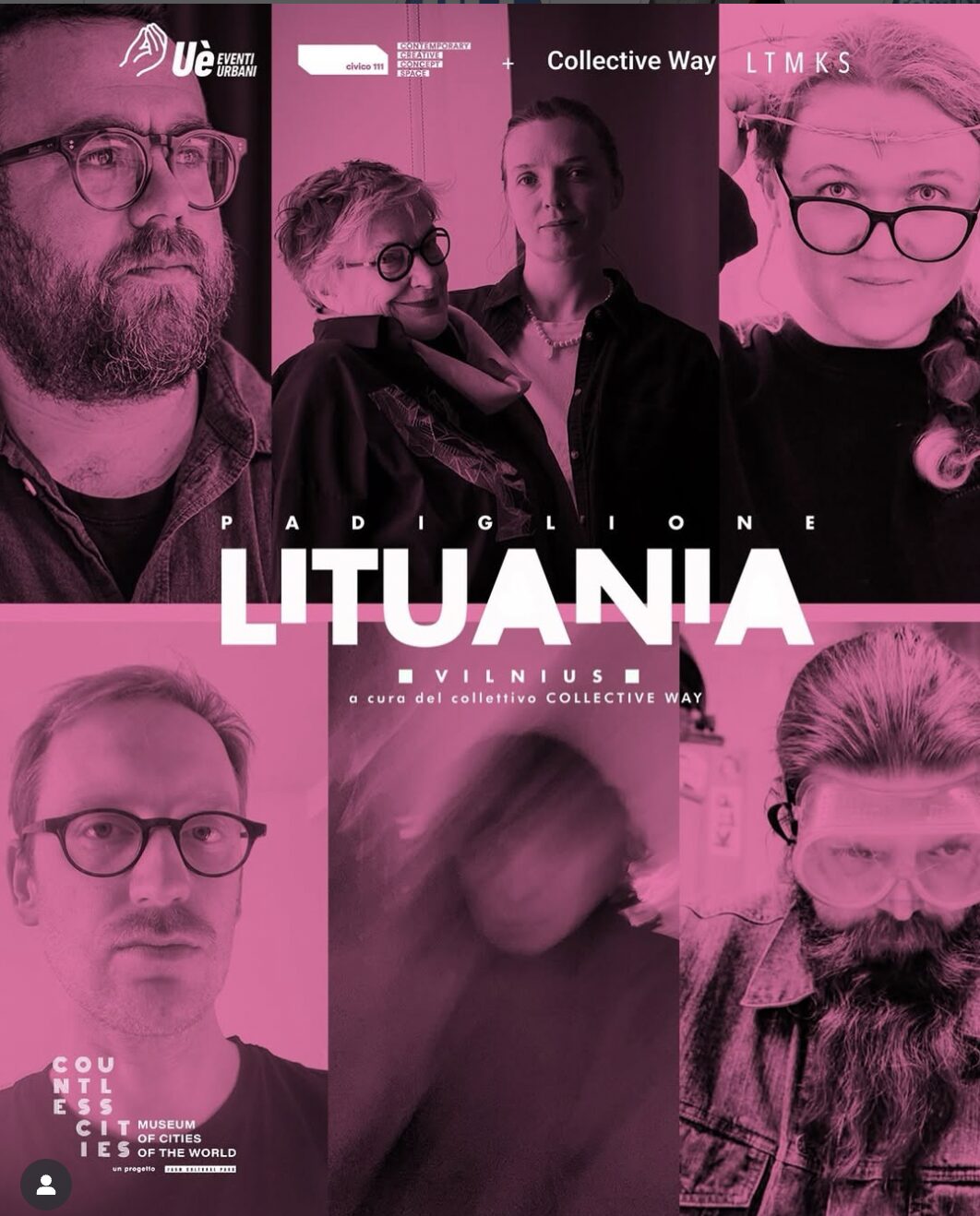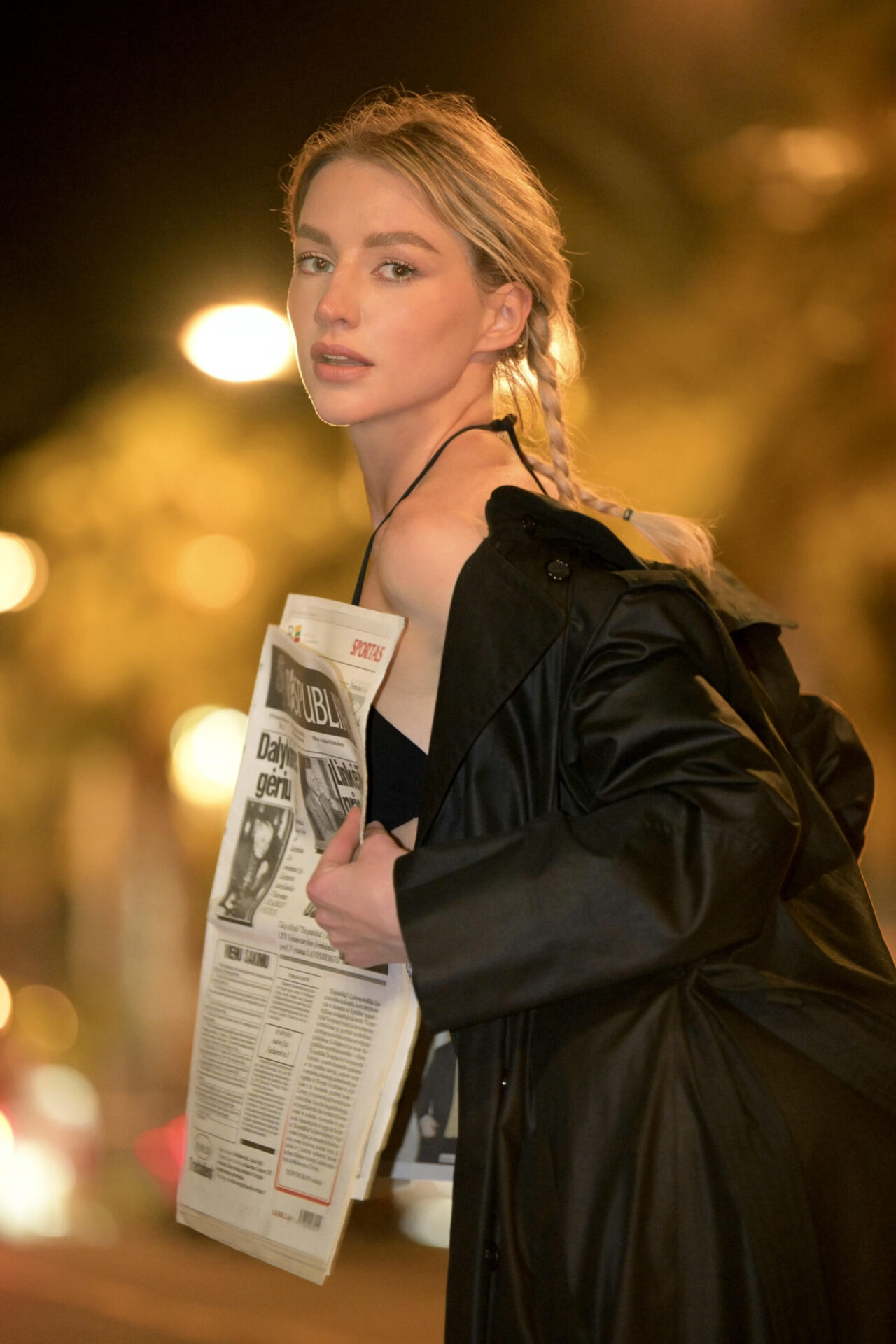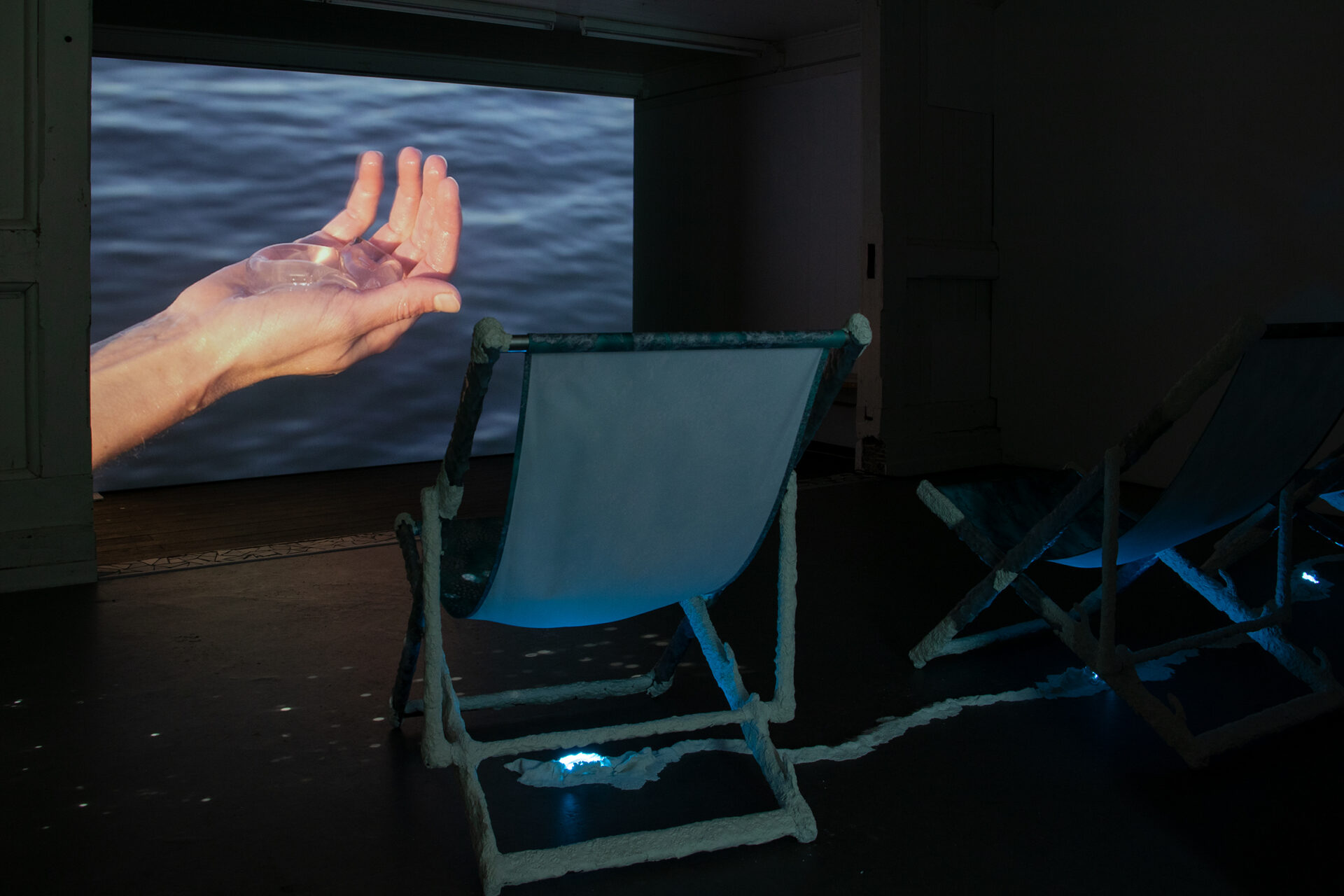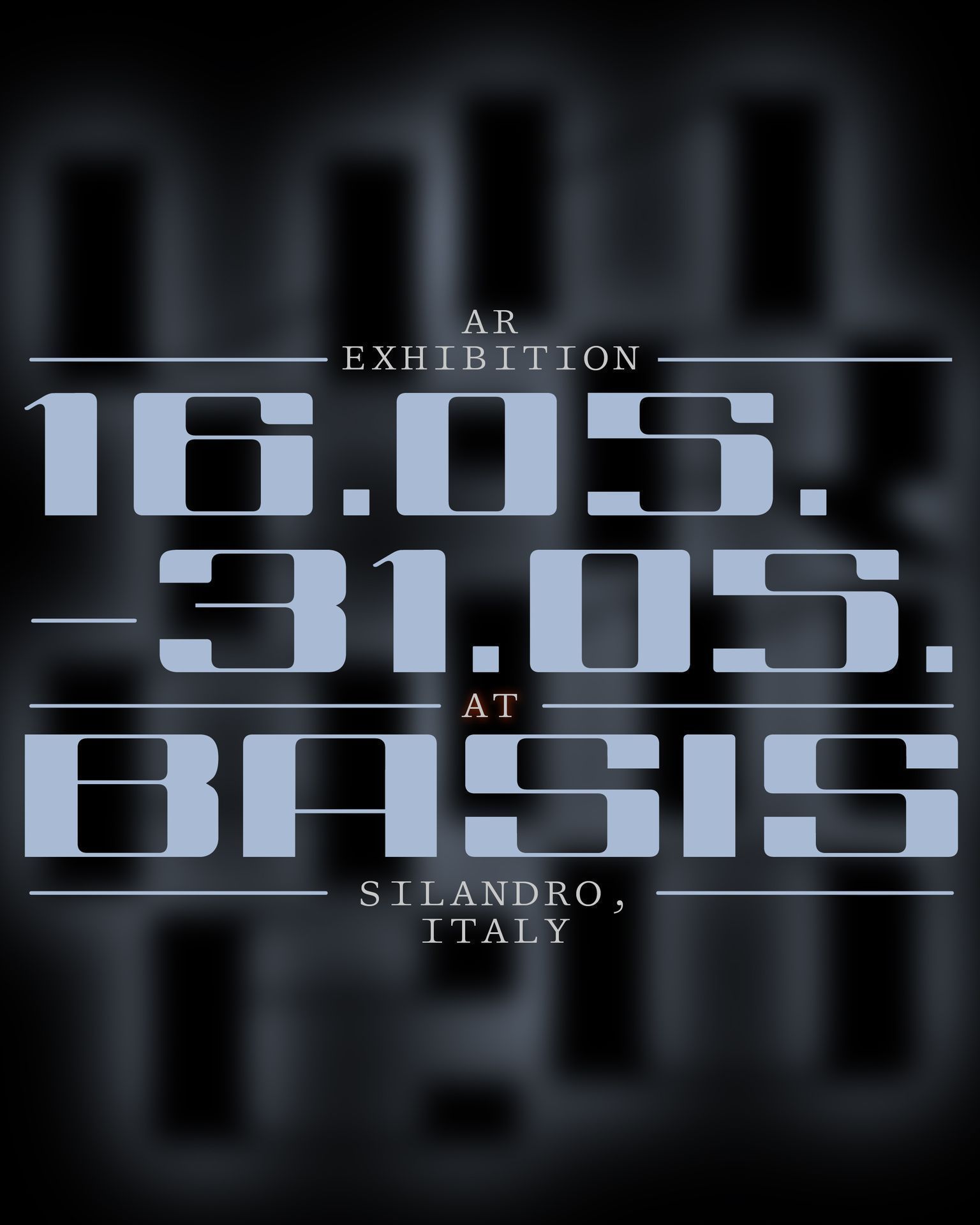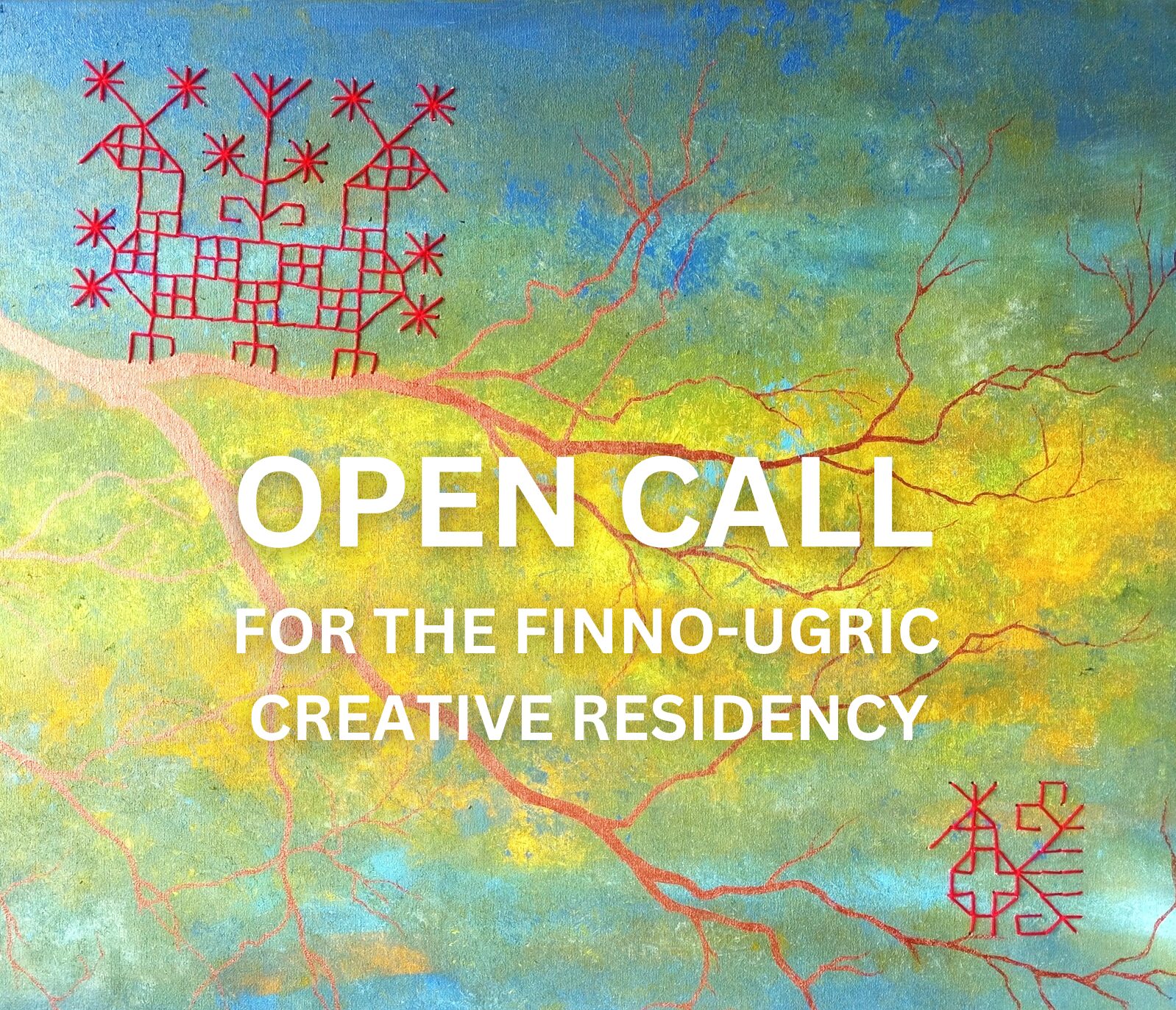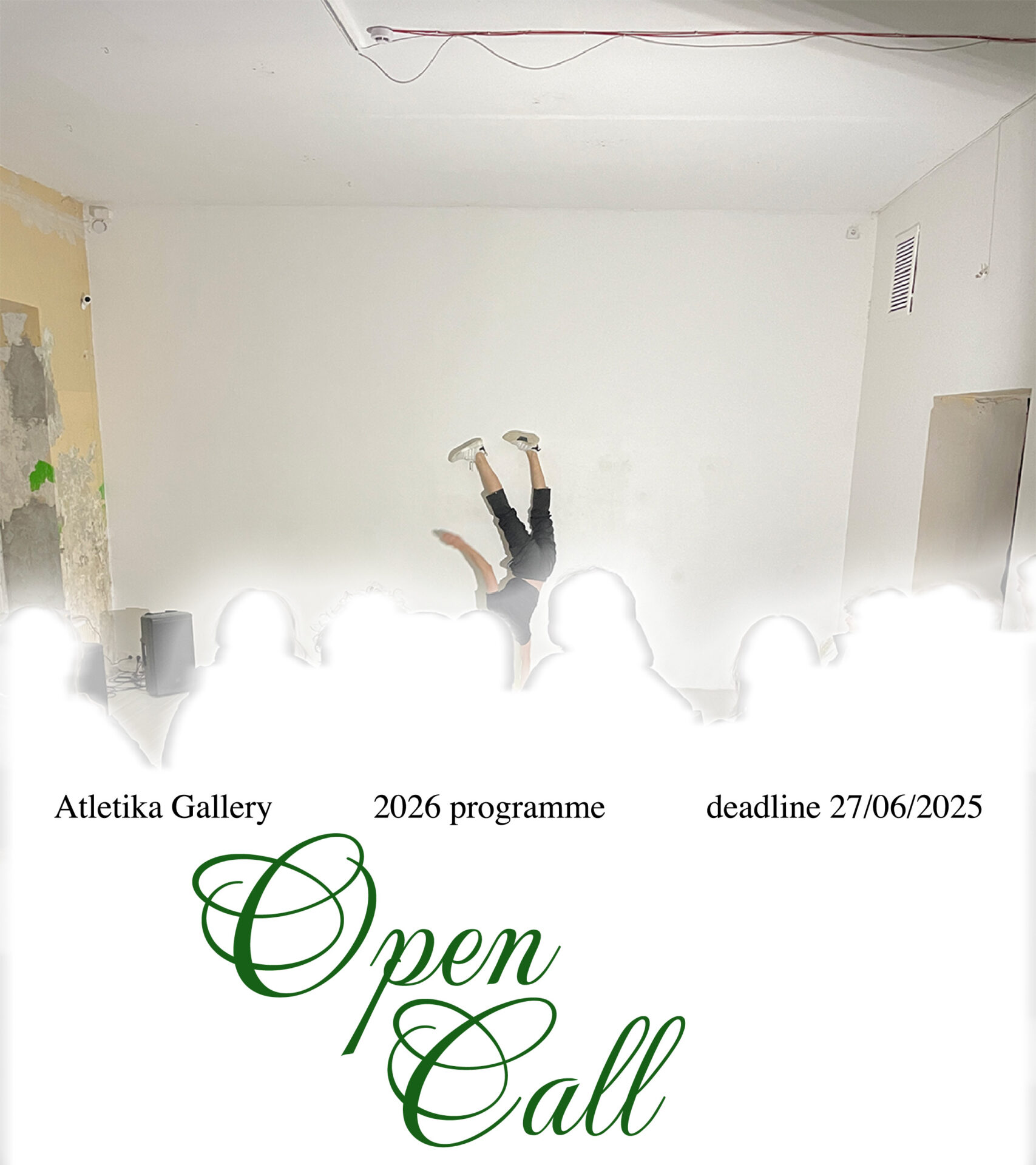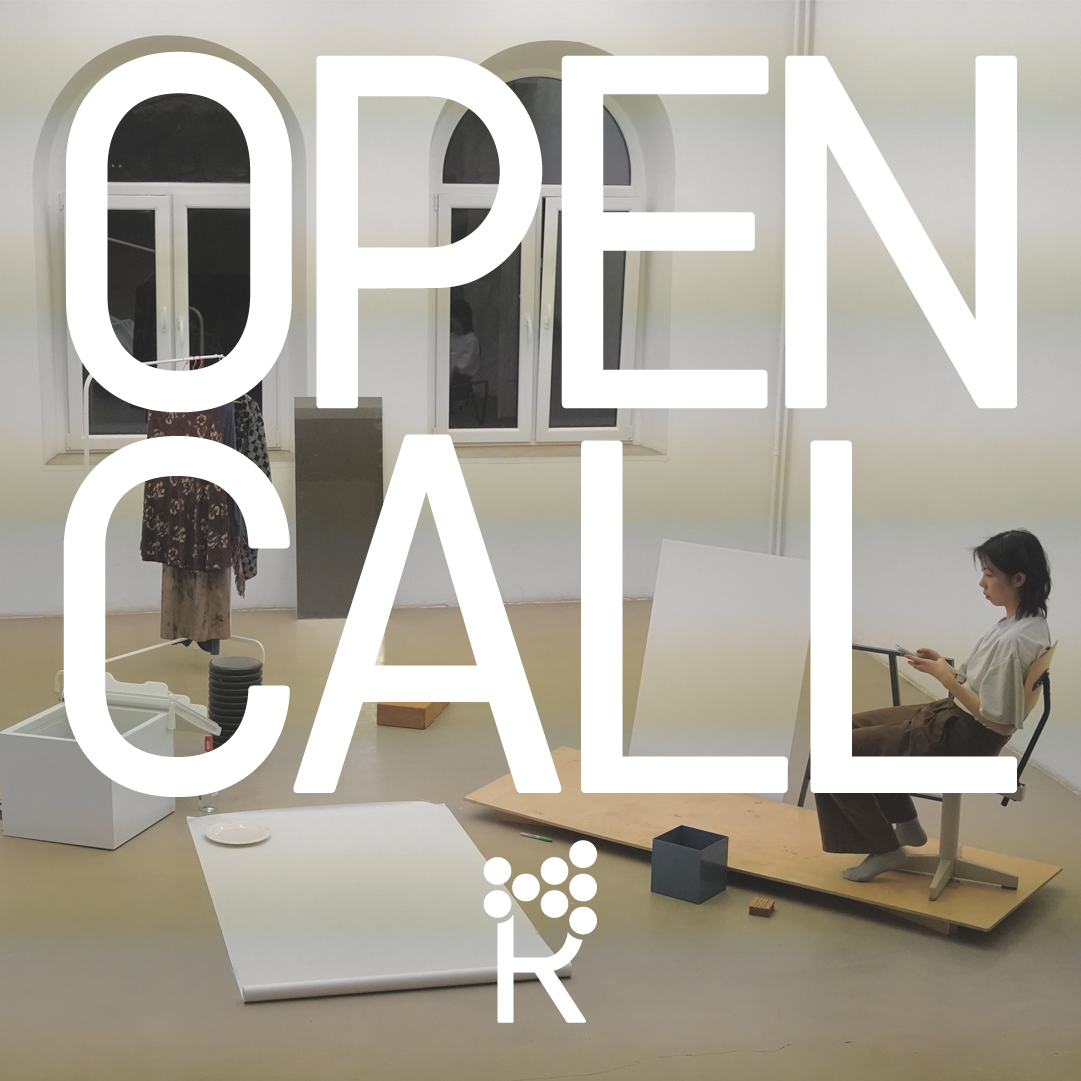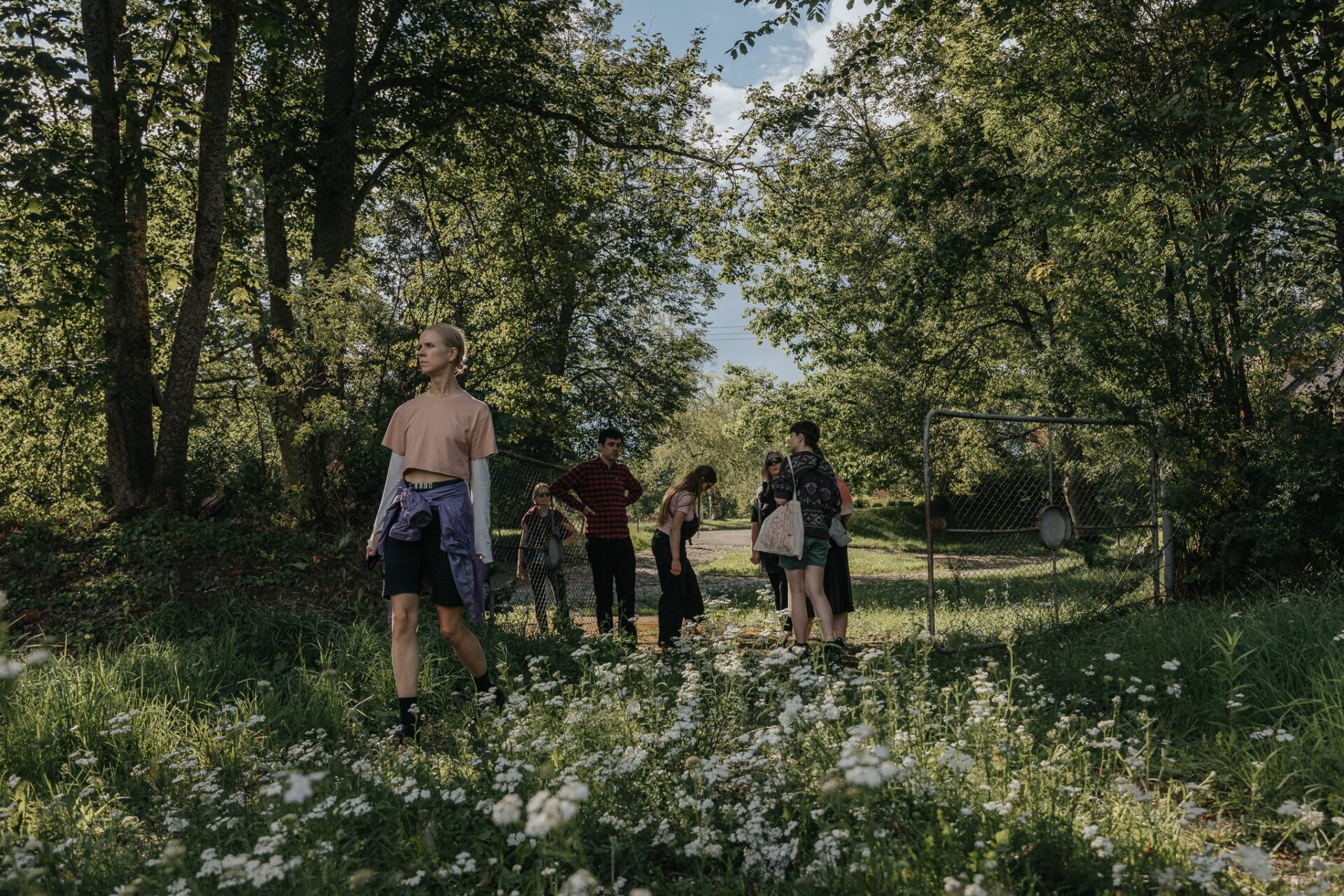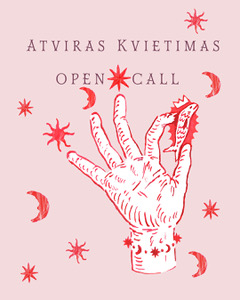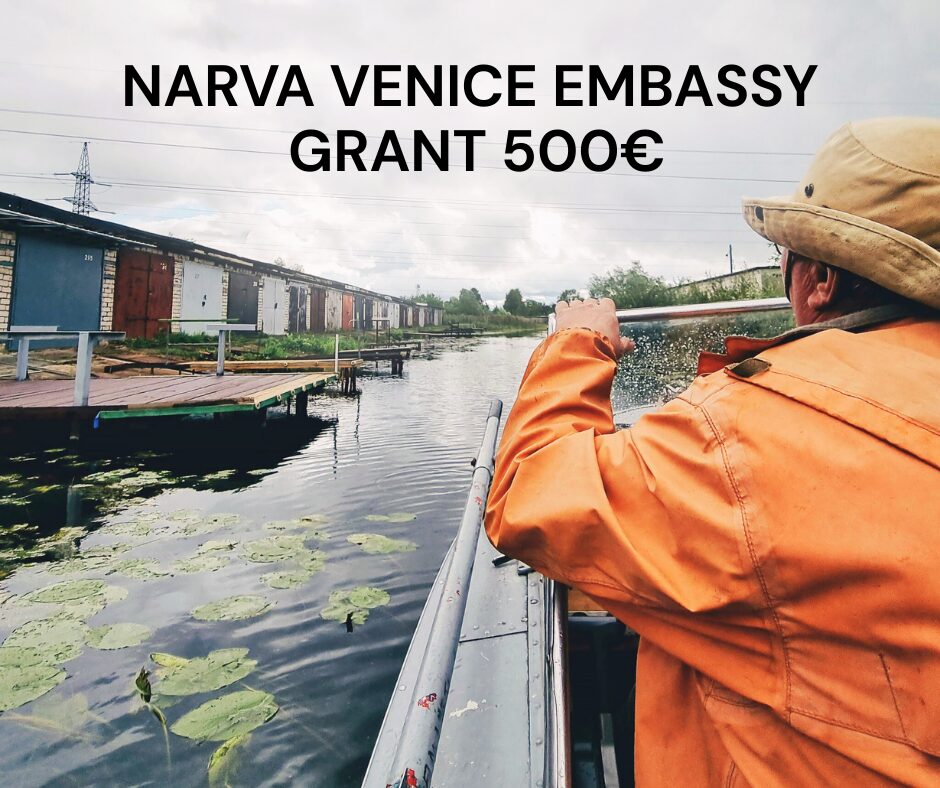A farm worker greets Josef Stalin at his potato farm.
“Comrade Stalin, we have so many potatoes that, piled one on top of the other, they would reach all the way to God,” the farmer excitedly tells his leader.
“But God does not exist,” replies Stalin.
“Exactly,” says the farmer. “Neither do the potatoes.”[1]
This exhibition, curated by Maria Helen Känd and Minna Triin Kohv and featuring Estonian artists Alexei Gordin, Madlen Hirtentreu, Flo Kasearu, Sandra Kosorotova, Tanja Muravskaja, Marko Mäetamm, Evi Pärn and Tanel Rander, although it does not aim to answer any questions regarding potatoes or strictly debate the Eastern European claim upon them, it still uses the vegetable as a curious metaphor. After all, the amorphous face of a potato has a strong relationship to cultural customs, as a result of political and social circumstances, and this echoes throughout the works. Not surprisingly, the potato is known as the food of the ‘common people’ or the ‘common class’ –– meaning the agricultural or industrial workers. Ironically, from common people to communism, the potato has had a significant role in both the former Eastern Bloc countries as well as within the communist regime at large. Lenin himself used the potato as a symbol for propaganda, referring to the growing generation as “his little potatoes” [2], inevitably linking the staple vegetable to the working class. Making a strong link between the worker and the potato, suggests that it was a necessary vegetable to be cultivated in order to form a ‘strong and stable’ soviet society. This resulted in one of the many monocultural land reforms to provide masses with ‘the proletariat vegetable’. Yet, as the old joke quoted above suggests, it seems that not only the potatoes, but also the ‘strong and stable’ soviet society has been a rather illusionary construct.
In the introductory text printed in the exhibition booklet, suitably decorated with potato images, one of the exhibition curators’, Maria Helen Känd states: “[in Estonia] the yearning for freedom was so strong, that this shared feeling of endurance conceived a common saying: ‘to be willing to eat potato peels’ –– that Estonian people would endure absolute poverty to attain freedom.” This suggests that maybe it was not a literal lack of potatoes, but rather a desire for change and for autonomy that has driven the emphasis on and portrayal of the lack. That is not to say that the lack of resources did not exist, but, perhaps, that the lack became ‘a front cover’ for breaking free from the occupation. Maria further presents the idea that, for her, a potato became not a symbol of the ‘Easternness’ as it is commonly perceived, but on the contrary, a symbol for a developing, Westward-focused free nation. And indeed, this metaphor might not be so far from the truth since, after all, the potato was a Western colonial import to Europe in the 16th century, reaching Eastern European lands only in the beginning of the 19th century. “The multiplicity of the layers of this daily vegetable serve as a great inspiration”, says Maria and opens the exhibition with the suggestion that, similar to the potato –– which hides layers of complex, contesting, narratives –– the exhibition east end(s)? also offers various understandings of where Baltic identities could be at present.
The metaphor of peeling a potato, both literally and metaphorically, is taken further in the early works of Estonian artist Tanel Rander. In Potato in the pocket (2012) the artist stands in a potato field whilst the words “Aki forest, Luunja parish” appear as subtitles on the screen. The juxtaposition of the two is somehow significant in relation to the changes that appeared during the collectivisation of the land. One could argue that the needs of growing industries and growing populations were met by the growing monocultural fields, however –– as in feudal times, so too in soviet ones –– it wasn’t the common people who profited from this land. In the video, Tanel, dressed in the potato colour scheme himself and suitably fitting in with the rest of the monocoloured setting, starts peeling a potato that he has taken out of his pocket. The act of peeling and the revelation at the end aptly echoes Maria’s thoughts that this staple vegetable became synonymous with a yearning for a Westward focus. Hence, an amorphous substance quickly turns into a distinctive French fry. Wastefully chucking cut pieces of the vegetable on the floor, Tanel carves out a golden chef d’oeuvre. Is it the ultimate goal of many former Eastern European nations? If it is, then it seems that in the process of making it, one forgets about those other layers thrown onto the ground. Yet, aren’t those layers also a part of who we were, of who we are? Or do we wastefully leave them behind in order to have yet another monocultural narrative of the French fry?
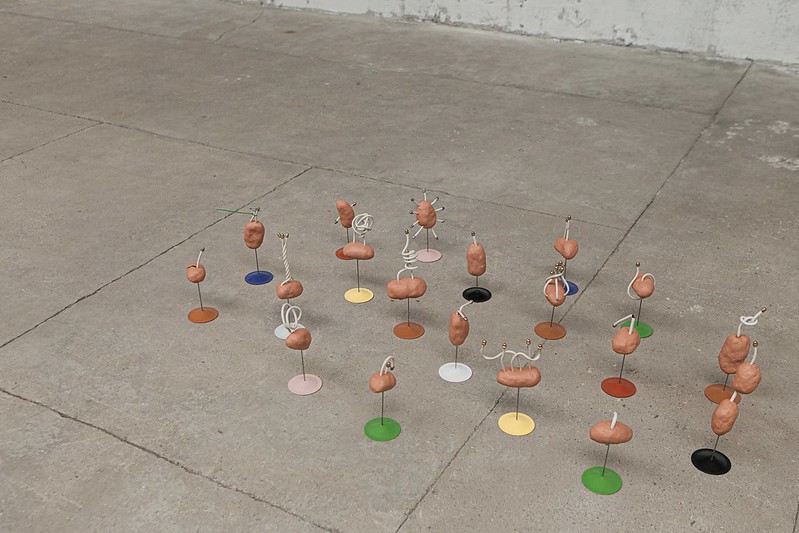
Flo Kasearu. Photo: Maria Helen Känd
Another work that explores the spud’s identity manifestations is by Flo Kasearu. Titled Basic Pride II, it consists of 20 potato-like figures scattered across the floor. Each of them is in combination with a flag pole –– or in some cases multiple flag poles –– reaching out into the space like sprouts ready to be rooted. The spud becomes both a base for a flag –– like a symbol of conquest atop a mountain and vice versa a banner for a flagpole. The artist refers to the sculptures both as stones and as potatoes, making the connection between the conquering and the sculptures even more evident. Here, the play between proclaiming and being claimed is inviting us to consider the history of this vegetable and our relationship to it. In her interview with Galerie Klubovna in Brno, Czech Republic,[3] Flo Kasearu explains that, in her opinion, this once imported vegetable is becoming rather irrelevant in the cultural food context. She notes that at present avocados and the like are being consumed in the place of it. In this light, the potato becomes more of an artefact rather than a food of daily consumption. And so, in this turning point and with an increasing population reshaping not only its cultural identity, but also sophisticated eating habits, the question “who (still) eats potatoes?” becomes even more relevant.
Flo’s inedible spuds pierced with plastic looking sprouts start to resemble something of another origin too. Mr. Potato Head comes to mind. Not edible any more, but an artefact of some sorts, with bits and pieces added onto it to literally alter it’s face, a.k.a. its identity. Alas, a transformation. From a shapeless, faceless, beige root vegetable it turns into a refined, defined and colourful object. Ironically, the toy was originally produced as separate parts that could be attached to a real potato, before being changed by a plastic potato itself. When the toy just emerged, many Americans weren’t fond of the original idea –– with the memories of WWII still being fresh, the idea of playing with food was rather painful. However, it hasn’t taken too long for these sentiments to fade and for the potato to turn from consumable as a food item to consumable as an object. In the former soviet union countries, this shift has not started to happen until now. As ludicrous as it may seem to observe a changing cultural identity in relation to the treatment of potatoes, there is something of fundamental importance coded in it. When set in an exhibition that addresses the changing economic, social and cultural influences in the last 30 years of independent Baltic countries, witnessing and addressing the contested –– or perhaps, in the near future, even fading –– legitimacy of this vegetable seems necessary in order to objectively remember narratives that shaped our society. This as well as the communities for whom potato is still an actuality rather than a faded memory replaced by avocados.
In Baltic as well as other Eastern European countries, there is still a large percentage of non-native communities that made these countries their home during the soviet times. Often these communities are not only stigmatised, their history or relation to the place is challenged, if not erased, and moreover their inclusion in avocado-fuelled progress is nonexistent. Similar things could be said about inclusion and the cultural sphere –– it being largely accessible to English speaking, internationally educated, post independence born generation, metaphorically leaving non-conforming communities to still eat the potato peels. A frequent excuse is to state that, well, these communities self-segrate, yet it is a reciprocal relationship and societal hostility breeds contempt. That being said, In east end(s)? as well as many other exhibition spaces in Tallinn, there is a glimpse of hope. A gesture as simple as translating exhibition texts to Russian language seems like an opening –– an invitation to Estonia’s 30% of Russian speaking minority to grow, to think and to leave the peels behind together with the rest of the country’s population. Or not…
Perhaps, after all, we don’t need to leave the peels behind, because for some communities they are more than mare layers. In east end(s)? a gesture to include Russian language as well as artists of Russian or mixed backgrounds is not an attempt to ‘remould’ their identities, but rather to signal that their identities are welcomed to form a multi-faceted, layered, society. This exhibition is a very much needed initiative in many countries, which (re)gained their independence and are in the constant remoulding of their cultural identity over the last 30 years. It signals that, although we have moved forwards, we should not forget the intangible heritage and voices of multiple people. Maybe, then, not only the potatoes, but also the ‘strong and stable’ society will not be an illusionary construct.
[1] https://www.equities.com/news/a-look-at-some-of-the-best-jokes-about-communism
[2] https://www.youtube.com/watch?v=aBoBc-ifDmk
[3] https://soundcloud.com/uma-you-make-art/galerie-klubovna-basic-pride-flo-kasearu-en?fbclid=IwAR09akiq_IOUrXiuBCAZAMXNNsFGMcjBtbLVYIbFNvjQOr29k3tyarmnk-4
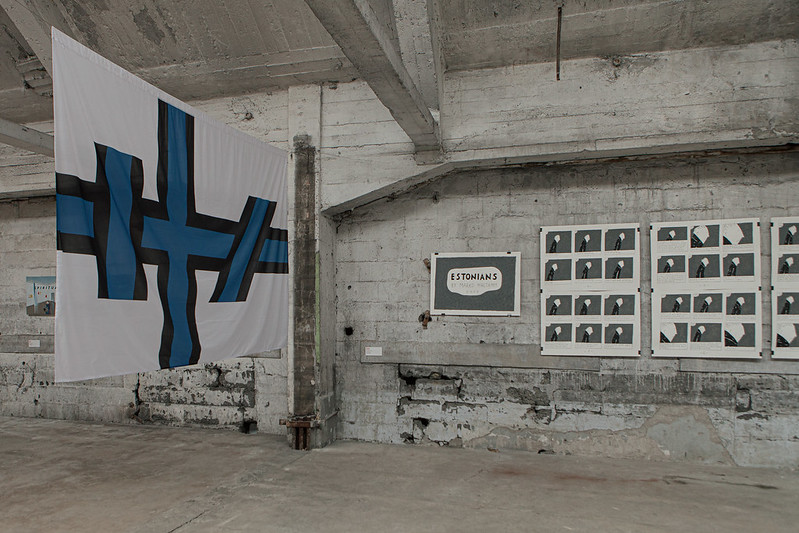
Sandra Kosorotova, Marko Mäetamm. Photo: Maria Helen Känd
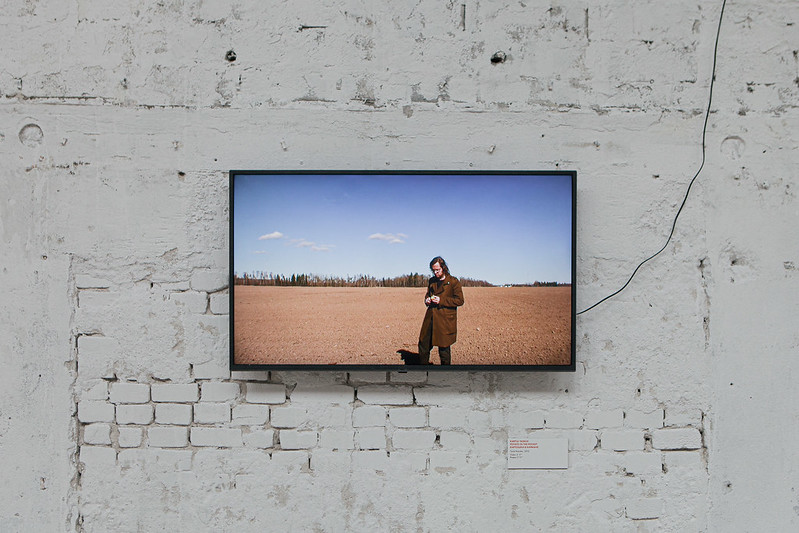
Tanel Rander. Photo: Maria Helen Känd
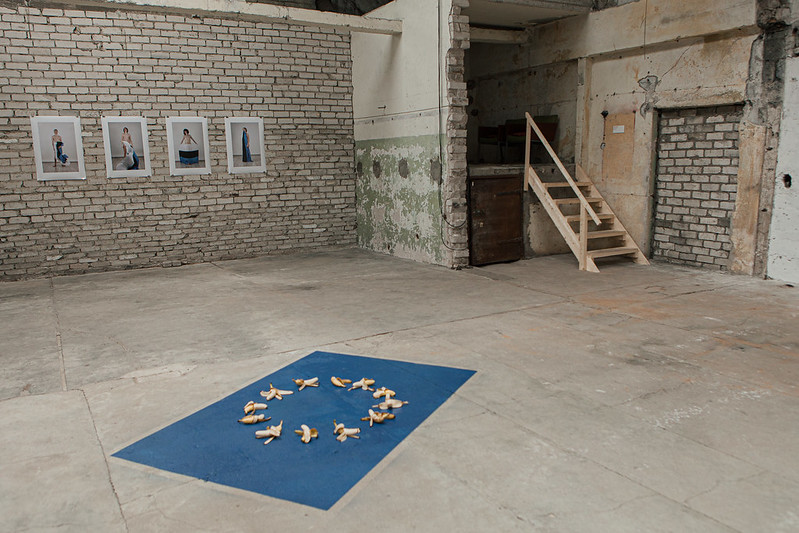
Flo Kasearu, Tanja Muravskaja. Photo: Maria Helen Känd
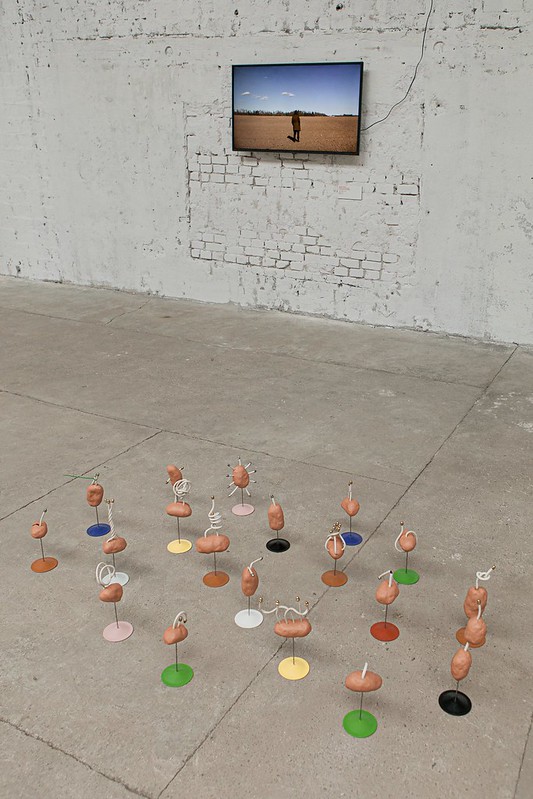
Flo Kasearu, Tanel Rander. Photo: Maria Helen Känd
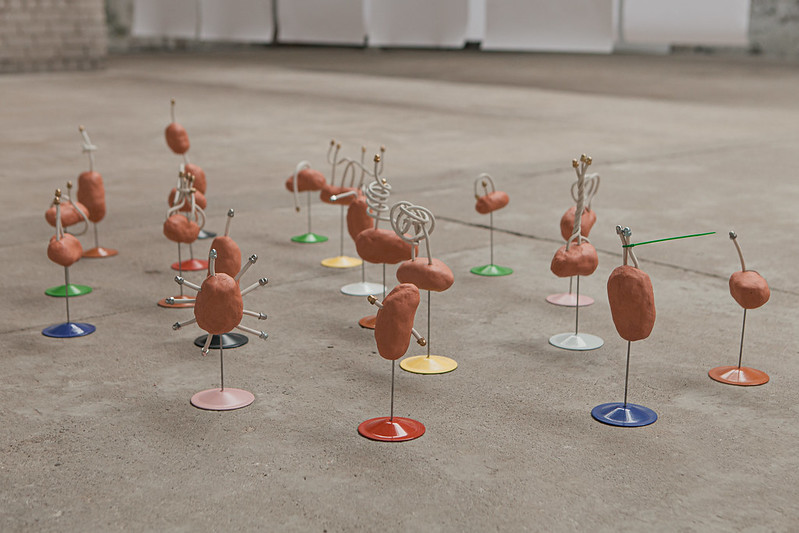
Flo Kasearu. Photo: Maria Helen Känd
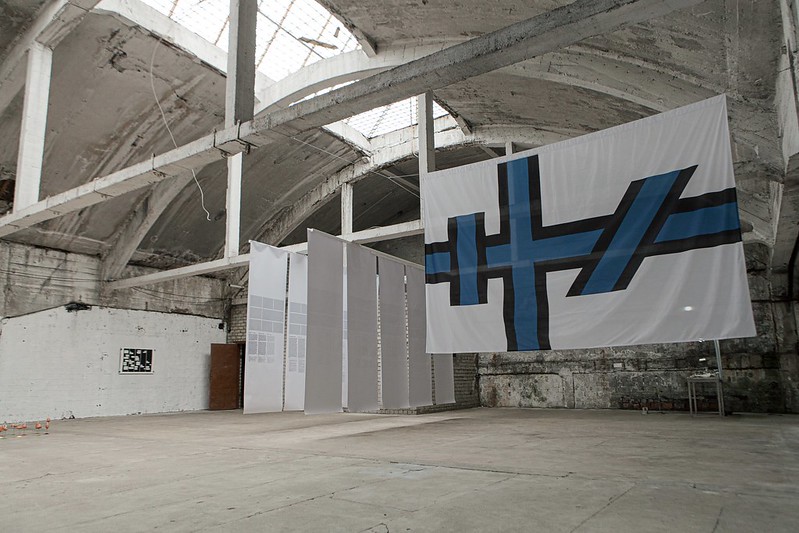
Evi Pärn, Sandra Kosorotova. Photo: Maria Helen Känd
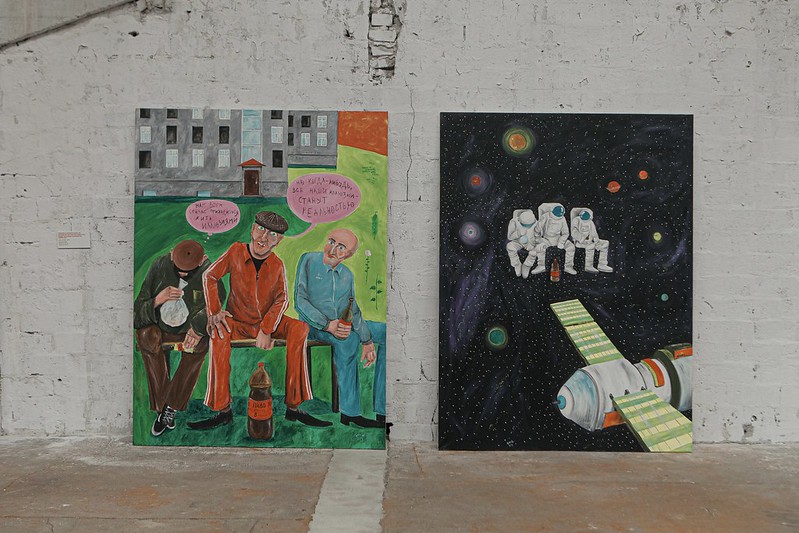
Alexei Gordin. Photo: Maria Helen Känd

